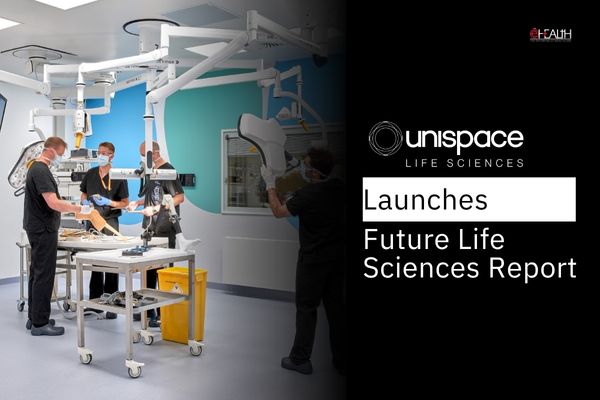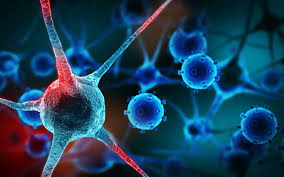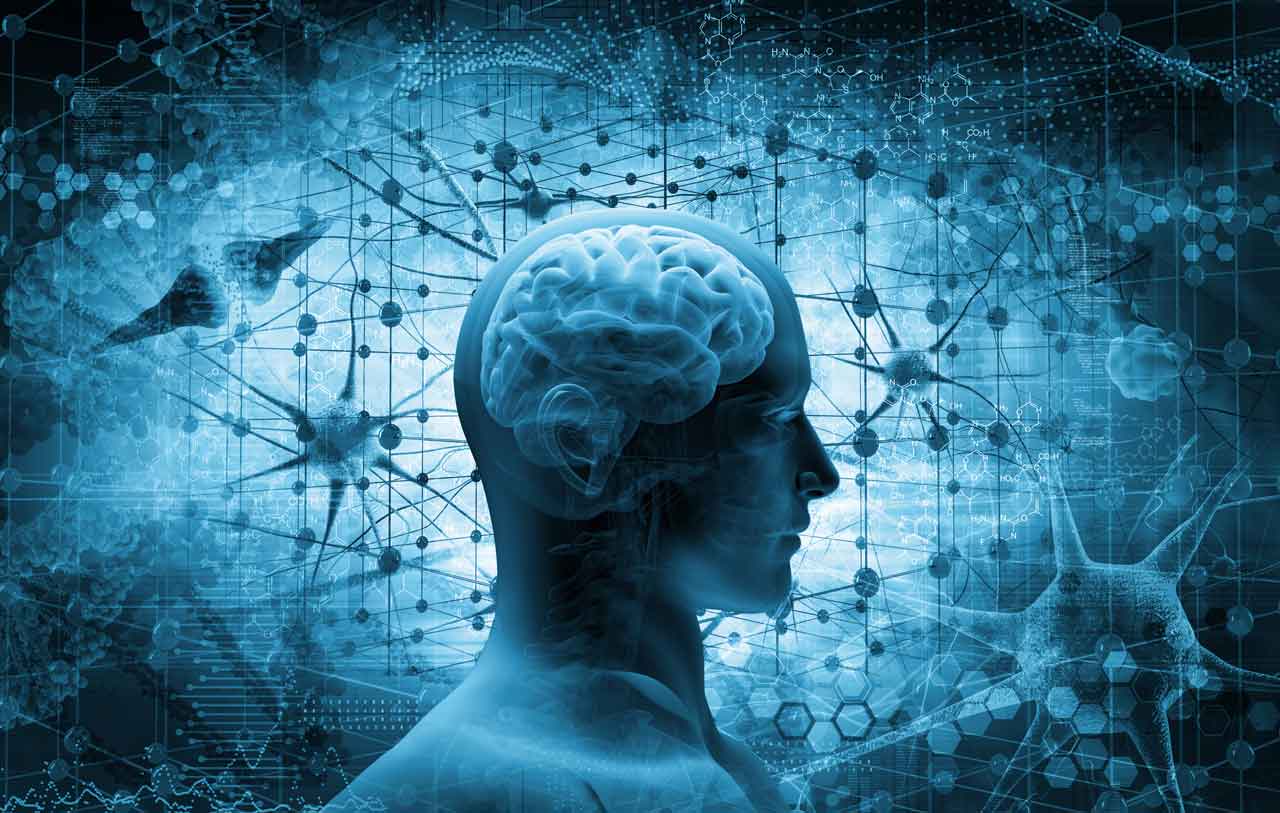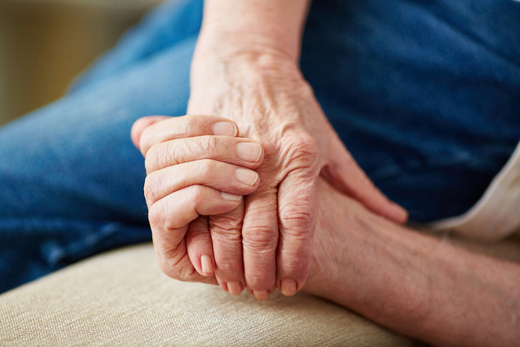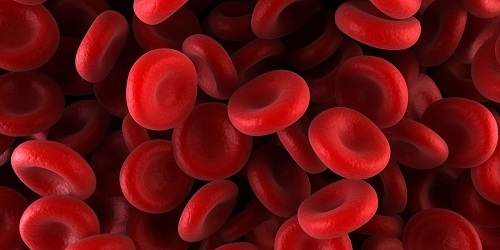
A team of researchers from Princeton University has built a computer simulation model that mimics a typical cell’s behaviour in probing its environment that may help scientists understand tumour growth and healing process in the body.
The study highlights that the typical cell’s environment is highly varied in the stiffness or flexibility of the surrounding tissue, and that to gain a meaningful amount of information about its surroundings, the cell must move around and change shape.

“Our study looks at how cells literally feel their way through an environment, such as muscle or bone,” said Ned Wingreen from Princeton.

“These tissues are highly disordered on the cellular scale, and the cell can only make measurements in the immediate area around it,” he added.

The organs and tissues of the body are mixed up in a fiber-rich structure called the extracellular matrix, which provides a scaffold for the cells to live, move and differentiate to carry out specific functions. Cells interact with this matrix by extending sticky proteins out from the cell surface to pull on nearby fibers.

The Princeton scientists calculated how the networks would deform when nearby fibers are pulled on by cells. They found that both the collagen and fibrin networks contained configurations of fibers with remarkably broad ranges of collective stiffness, from rather bendable to very rigid, and that these regions could be immediately next to each other.
As a result, the cell could have two nearby probes whereby one detects hardness and the other detects softness, making it difficult for a cell to learn by mechanosensing what type of tissue it inhabits. “We were surprised to find that the cell’s environment can vary quite a lot even across a small distance,” Wingreen said.
Be a part of Elets Collaborative Initiatives. Join Us for Upcoming Events and explore business opportunities. Like us on Facebook , connect with us on LinkedIn and follow us on Twitter , Instagram.
"Exciting news! Elets technomedia is now on WhatsApp Channels Subscribe today by clicking the link and stay updated with the latest insights!" Click here!







